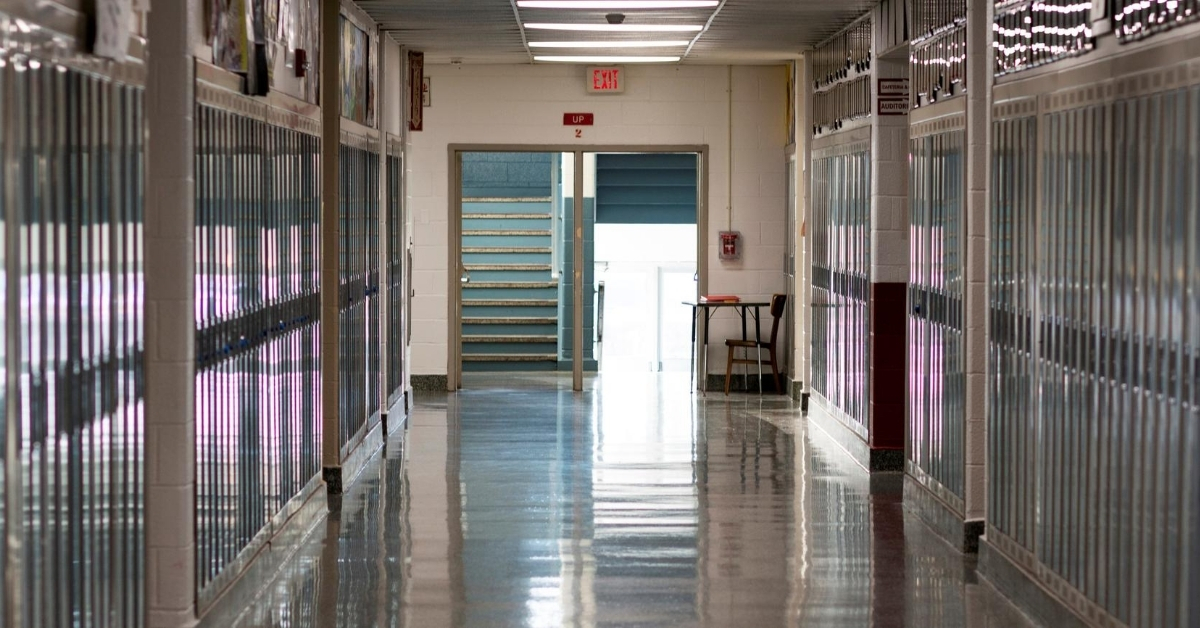Emergency preparedness and planning is paramount to every single school and district across the country. From selecting a crisis committee to planning the drills, school administrations rely heavily on drills as the best practice to improve emergency response and preparedness. Testing protocol and procedures help identify weaknesses while equipping staff and students with awareness and clarity should an emergency occur. A best-case scenario is no emergency, but secondary is the knowledge and skills of how to respond.

1. Shelter in Place
A shelter in place plan protects students and staff from the potential exposure to dangerous chemicals like a gas leak, industrial accident, chemical agents, or other material threats in the community. The goal of a shelter in place drill is to collaborate with local officials and public health departments to determine the right actions to take that protect everyone on campus. Typically all heating, cooling, and ventilation systems would be shut down, doors and windows locked and secured, and access to anyone trying to enter or exit the building would be denied until the all-clear was given by officials.
In order to facilitate a shelter in place drill, key personnel within a school would respond to the issue as prompted by emergency teams and alert the rest of the administration and staff according to protocol. Communicating in a single, unified manner would be the best way to support the drill; consider how an all-call type message would bring both uniformity and immediacy to the issue at hand.
2. Lockdown
Another option for protecting students and staff alike is a lockdown which occurs when a threat or potential threat is compromising safety in a particular building or area of campus. Often, lockdowns go into effect by order of police as they manage activity unrelated to schools, but in the vicinity. Lockdowns mean students and staff respond and react to the plan in place and enforced during drills and the entire building and campus are closed, denying access to anyone trying to get in or out. Training for lockdowns should include a wide range of scenarios to enhance the effectiveness of drills and offer context that requires more than rote memorization or routine compliance.
Simulation-style training drills are effective and beneficial to both students and staff alike. Working with the planning committee to manage their response to different types of situations best prepares them to manage individual classrooms’ responses as well. From active shooters to the reported threat of attack or even the presence of unsettling wildlife like bears or mountain lions can pose threats to the safety of people within a school.
3. Evacuation
The opposite scenario of shelter in place and lockdown drills is the evacuation model of emergencies. When students, faculty, and staff need to exit school buildings and in quick succession, much planning and practice are needed to ensure that mass movement of bodies is handled with extreme precaution. Any hesitation during an emergency can have serious, harmful consequences. A plan for evacuation needs to outline who could initiate the drill in both practical and emergency situations. A teacher or custodian might be the one who witnesses the threat and makes the decision to enact a drill without consulting administration, for example.
Students should be prepared and encouraged to follow the direction of teachers in emergency situations, but they too might be the ones witnessing an incident or emergency that requires response. Students should always be aware of all exits and prepared to follow an evacuation plan outlined via the drills. If each faculty and staff member within a school building has a communication plan to rely on in emergency situations that is easy to engage, respond to, and rely on regardless of circumstances, it’s far more effective to conduct safety drills and feel empowered to follow protocol in the event of an emergency.
Drill Analysis for Efficacy
Regardless of type of emergency drill including shelter in place, lockdown, and evacuation, necessary documentation and reporting are crucial for school administrators to have in the wake of events. Providing opportunities for school safety initiatives to improve and be corrected upon, means the outcome of real emergencies might be better, too. Drill scheduling, tracking, and reporting can seem like a daunting task that gets shuffled among administrators, but with the right school communication device or alert messaging system, post-event analysis can be conducted with ease and accuracy. Most states require annual drills across all school districts with expectations of type of drill as well as completed drill logs which will be maintained for a certain period of time established at the state level.
Continued focus on the regularity and reporting of school emergency drills means students and staff have a clearer understanding of roles and responsibilities and gain both awareness and confidence in their ability to prioritize safety when it truly matters. Communication is the best method for ensuring the emergency drills are providing what they should for schools.
